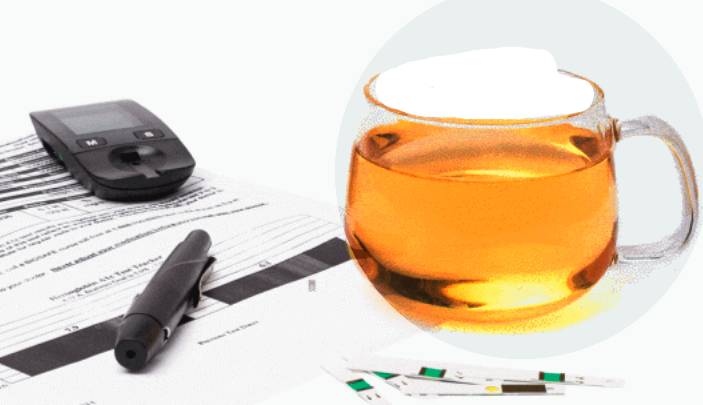According to a SA Rooibos Council press release issued this week, a team of South African researchers has found more evidence suggesting rooibos may be beneficial in countering diabetes.
Details of the study and a summary of other studies pointing to rooibos’ glucose-moderating effects follow below. According to the World Health Organisation by 2030 439 million people will suffer from diabetes, with the major increase happening in developing countries.
According to findings published in the July 2013 edition of Phytomedicine, Rooibos can counteract insulin resistance in mouse muscle cells. A team of South African researchers found that an aspalathin-enriched green Rooibos extract in particular increased glucose uptake in these cells, which were made insulin-resistant through treatment with a saturated free fatty acid (palmitate).
Research demonstrates Rooibos decreases insulin resistance
In humans too, an excess of saturated free fatty acids in the bloodstream is associated with insulin resistance, a major risk factor in the development of type 2 diabetes. In a normal individual, the insulin hormone controls the entry of glucose into muscle and other cells to provide them with energy. In type 2 diabetics, the cells become numb, or resistant, to insulin. Glucose would then remain in the bloodstream, leading to high blood glucose levels that could potentially cause organ damage.
The World Health Organization (WHO) estimates that 439 million people will have diabetes by 2030, with the major increase occurring in developing countries.
Research carried out at the South African Medical Research Council (MRC), in collaboration with researchers from the Agricultural Research Council’s Infruitec-Nietvoorbij research institute, the University of Zululand and the University of Stellenbosch, demonstrated that extracts prepared from Rooibos decreased palmitate-induced insulin resistance in mouse muscle cells.
Aspalathin – found only in Rooibos – shows great promise
Remarkably, glucose uptake by the insulin resistant-cells increased from 32.4 ± 2.3% to 93.4 ± 6.2% after 3 hours of exposure to a green Rooibos extract. This extract was enriched with aspalathin, the major antioxidant found in Rooibos. In fact, with the added green Rooibos extract, the glucose uptake of the insulin resistant cells was comparable to that of normal cells that were not exposed to palmitate.
Furthermore, when the researchers stimulated the cells with both insulin and green Rooibos, glucose uptake increased from about 28.4 ± 2.0% to 103.7 ± 9.0%.
An extract produced from fermented Rooibos also increased glucose uptake, but it was less effective than the green Rooibos extract.
The MRC’s Dr Christo Muller says it is important to remember that these results do not prove that a cup of Rooibos is a cure for type 2 diabetes. “Here we are referring only to improving insulin sensitivity and the beneficial effects that Rooibos extracts have on regulating glucose levels,” he says. He cautions that at this stage, the scientific evidence only suggests that Rooibos might have anti-diabetic potential.
To understand how Rooibos decreased insulin resistance in the mouse cell line, the scientists measured various proteins involved in glucose uptake and metabolism. Their experiments indicated that Rooibos extracts may work by ultimately causing a protein known as glucose transporter type 4 (GLUT4) to become more abundant in the cell. GLUT4 acts like a shuttle that transports glucose into the cell.
These latest findings formed the basis of Sithandiwe Mazibuko’s PhD research at the MRC and the University of Zululand. The research was funded by the National Research Foundation’s Thuthuka programme and the MRC’s Diabetes Discovery Platform.
Previously, the same group at the MRC, in collaboration with researchers of the Agricultural Research Council, demonstrated that the same aspalathin-enriched green Rooibos extract lowered blood glucose levels in diabetic rats.
Similarly, a Japanese group also found that aspalathin increases glucose uptake in rat muscle cells, and that it stimulates pancreatic beta-cells to secrete insulin. In addition, their data suggested that aspalathin reduces the expression of certain genes that code for liver enzymes involved in glucose and fat production, and that it decreased blood glucose levels.
The abstract of the publication is available by clicking here.

